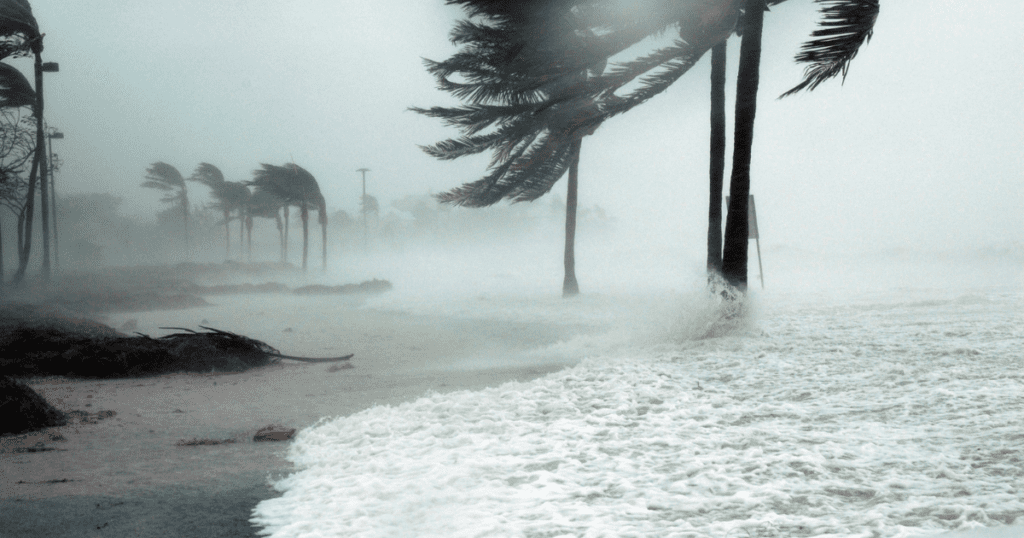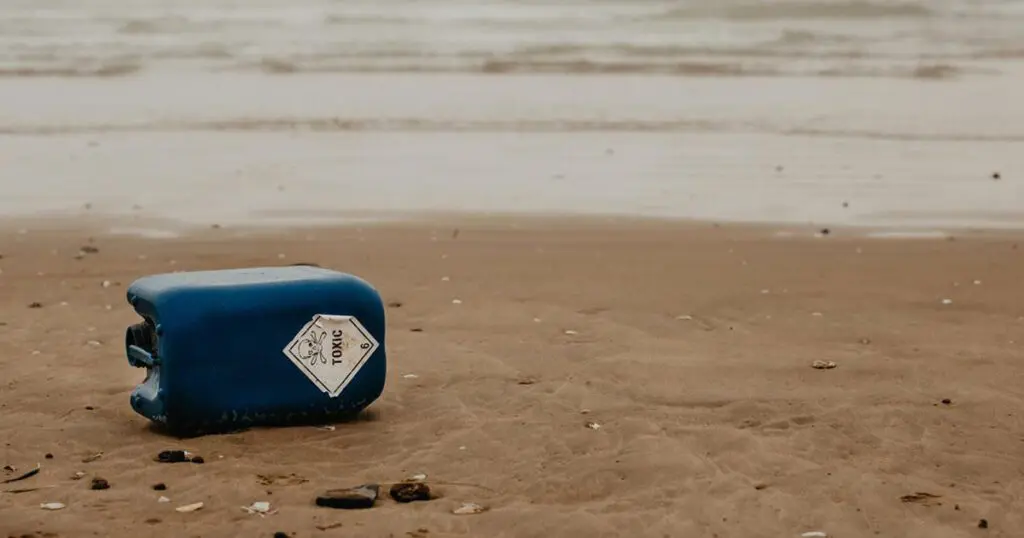| Climate Book Sale 2024! Enjoy 30% off all climate books throughout October. Discount will be applied at checkout. |
12 Essential Items for a Home Emergency Kit

As we work to process the realities of climate change, learning to manage our emotions around this crisis is crucial. As climate disruption continues and increases, preparing for scenarios such as utility disruptions, local disasters involving floods or fires, or unseasonal freezing or heating can help us move from panic mode into action mode.
That’s where emergency preparedness comes in. Assembling a kit to help shelter in place, or a “go-bag” in case of disasters that require us to evacuate our homes, are both important, empowering steps to take.
Below are some suggestions for what these kits might contain, along with some links to find more information.
Check with your local authorities for an idea of what sorts of situations are best to prepare for. Where we live, for example, wildfires are increasing in frequency and severity, due to hotter, drier summers. And in our very temperate zone, winters are also becoming colder and producing much more snow than we’d been accustomed to, often causing utility disruptions which can sometimes last a few days.
Longer-term preparations can also include upgrades to housing – including steps to take if you rent rather than own your home. We’ll be writing about that in a future blog, so stay tuned!
If you need to shelter in place, it’s best to design your kit with power and gas interruptions in mind. In order to ensure freshness and functionality of the contents, it’s a good idea to pick an “anniversary” day to pull out your kit and check the contents.
1. Water – 3-4 litres/1 gallon per person per day for several days, both for drinking and washing. A few packages of packaged wipes is helpful as well, and can help cut down on water use.
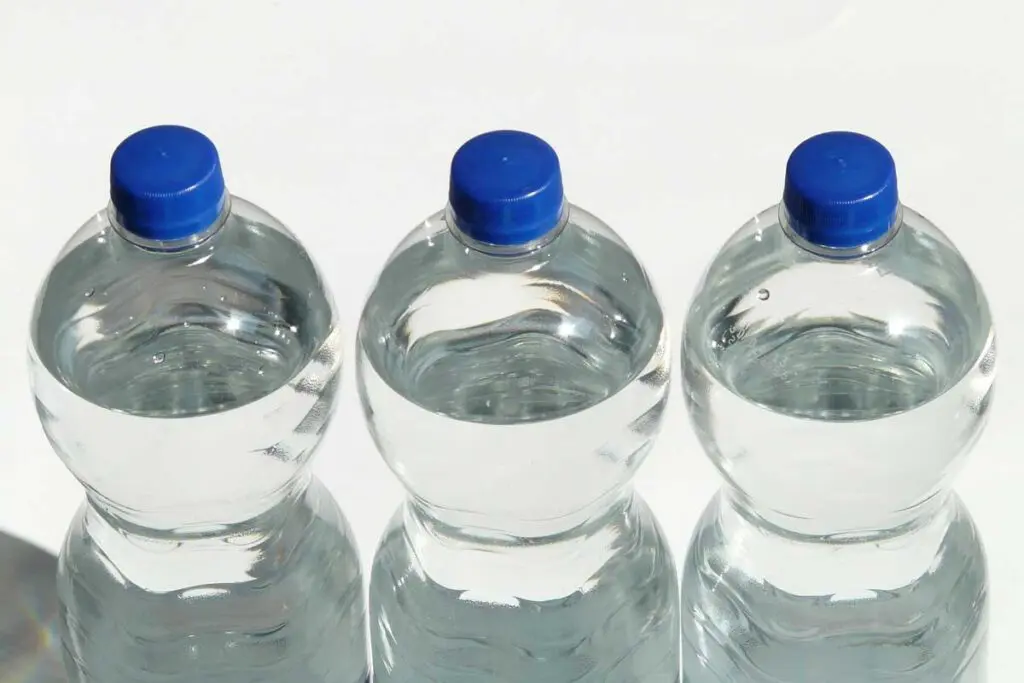
2. Food – Try to keep at least a week’s worth of non-perishable, ready-to-eat food in your pantry. Commercially packaged granola bars, energy bars, and even shelf-stable meal replacements can all be useful. If these are things your household normally consumes, then simply making sure you have a decent stock on hand and accessible will work.
3. Battery-powered (include fresh batteries) or a hand-crank radio for updates.
4. Flashlights with extra fresh batteries. There are also lots of relatively new options for hand-cranked LED lights worth looking into. Candles are helpful as well, if used with an abundance of caution, and never left unattended. Tea lights burned in glass or metal holders can be a less tippy, safer option.

5. First aid kit.
6. At least a week’s worth of any crucial medications, along with spare eyeglasses and/or contact lenses and lens solution.
7. Charge cords for cell phones, and a charged-up power block.
8. A “Help” or “OK” sign to display in a window.
9. Keep a copy of important documents (insurance, ID), or be sure these things are easily accessible.
10. Keep some cash – smaller bills – tucked away.
11. Extra clothing for all household members – keep spare warm clothing accessible.

12. Dust masks, work gloves, disposable gloves, and other protective gear.
8 Essential Items for Your “Go-Bag”
Sometimes a local disaster may require you to leave your home for a while. Assembling a go-bag can make this stressful situation a little easier to cope with. Keep your kit in an easily accessible spot, and be sure to rotate contents as needed. In a region where summer fires may be the reason for evacuation, for example, pick an “anniversary” day well outside of fire season where you’ll take out your bag and double check the contents for useability and/or freshness.
1. Water – 3-4 litres/1 gallon per person per day for several days, both for drinking and washing. A package or two of wipes is helpful here, too.
2. Food – several days’ worth of non-perishable, ready-to-eat food. Commercially packaged granola bars, energy bars, and even shelf-stable meal replacements can all be useful. If including canned food, don’t forget a can opener!
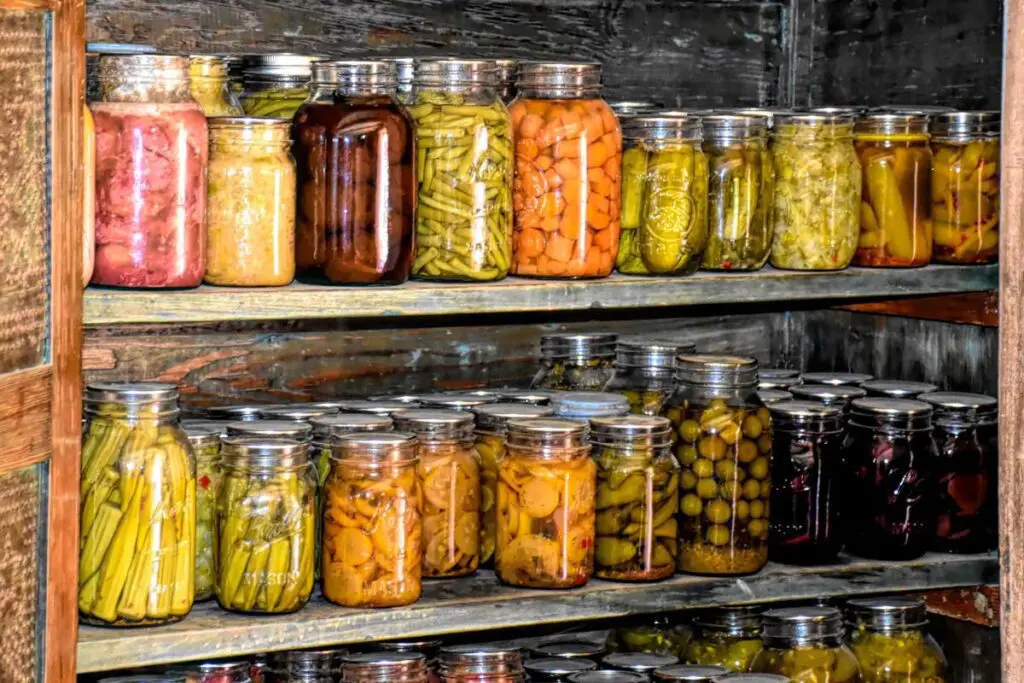
3. Battery-powered (include fresh batteries) or a hand-crank radio for updates.
4. Flashlight with extra fresh batteries. There are also lots of relatively new options for hand-cranked LED lights worth looking into.
5. First aid kit. A small kit designed for car use may be a good option.
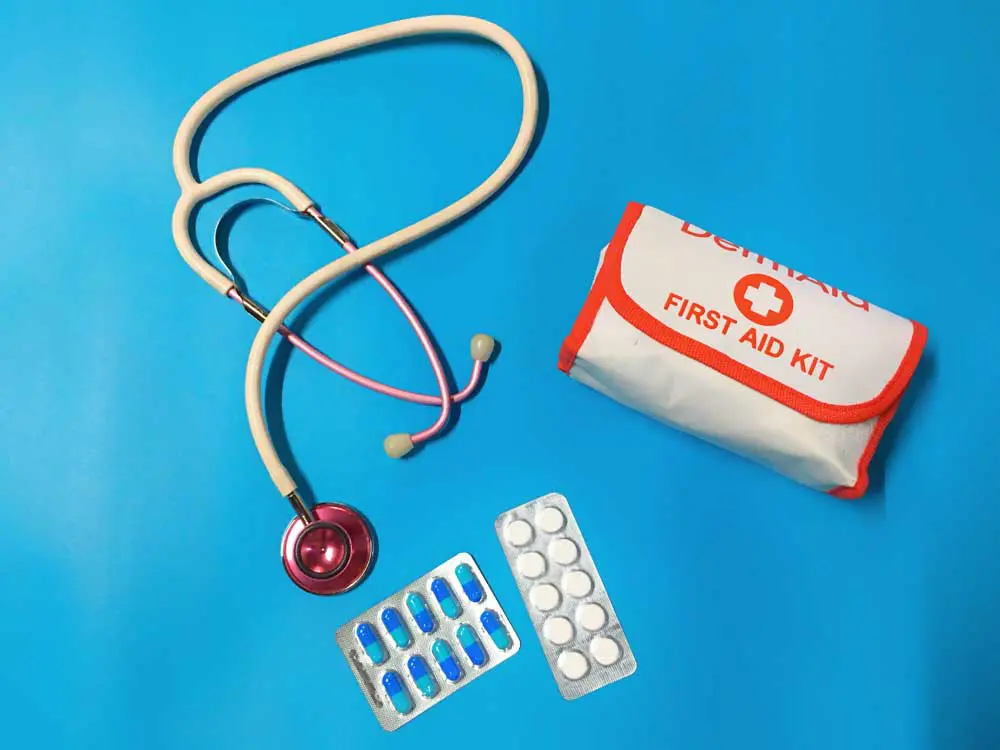
6. At least a week’s worth of any crucial medications. Spare eyeglasses, or contact lenses and lens solution.
7. Charge cords for cell phones, and if possible, a charged-up power block.
8. Copies of important documents such as insurance papers, and a photo ID for each household member, along with some cash, ideally in smaller bills.
9. A spare set of appropriate clothing for each household member. Be sure to keep temperature in mind.
10. A whistle to call for help.
It can be difficult financially to put all this together. A good way to start is by adding an item or two to your shopping list and building slowly. Every bit can help!
Questions, comments, or suggestions? We’d love to hear from you!
More from the Web
United States Goverment Emergency Preparedness:
Province of British Columbia Emergency Preparedness:
Build an emergency kit and grab-and-go bag
Canadian Red Cross:






